Nærøy fjord
Fjord de Nærøy
© Axel Lindahl / www.nibio.no
NOR
Nærøy fjord
© Oskar Puschmann / www.nibio.no
Télécharge images...
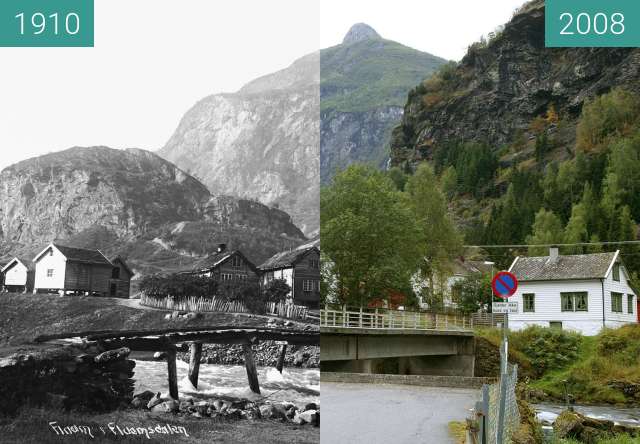
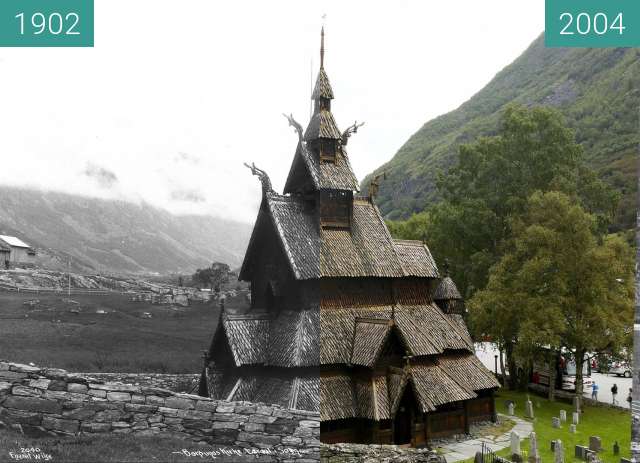
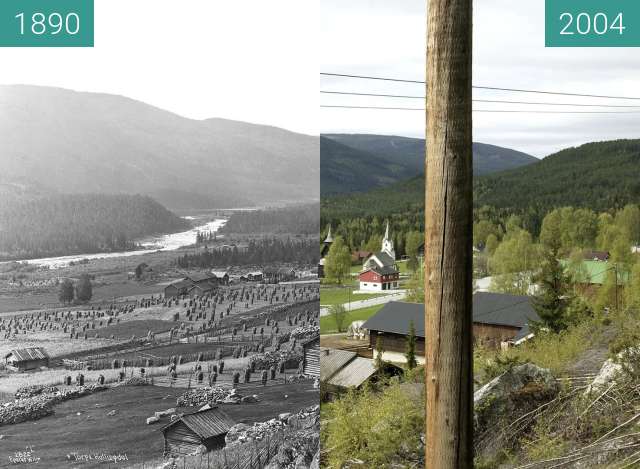
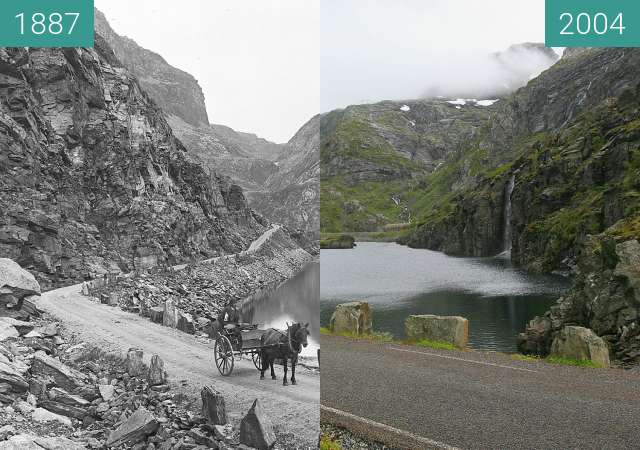
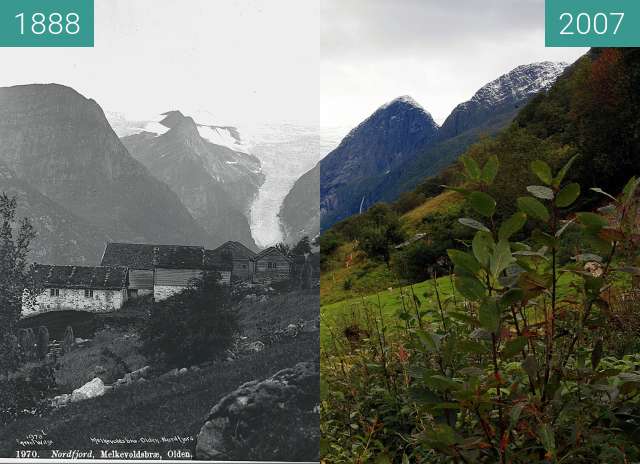
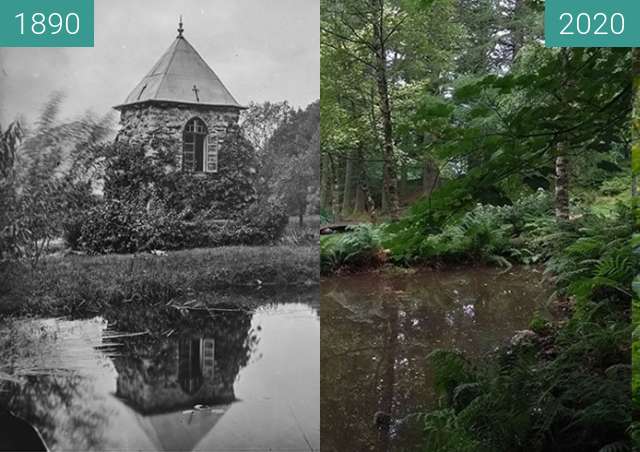
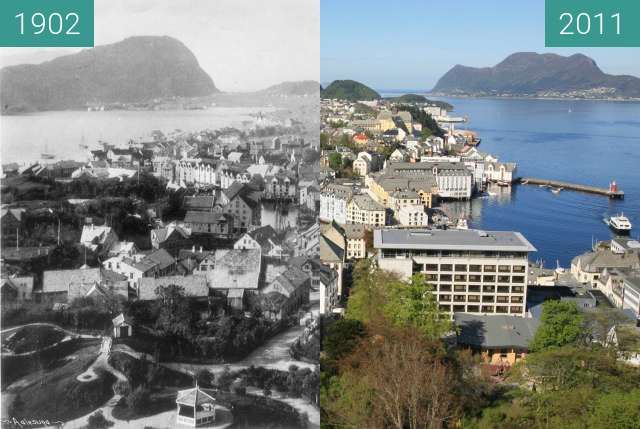
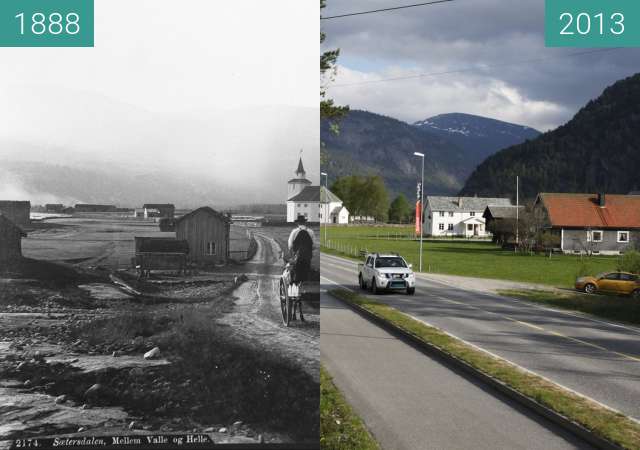
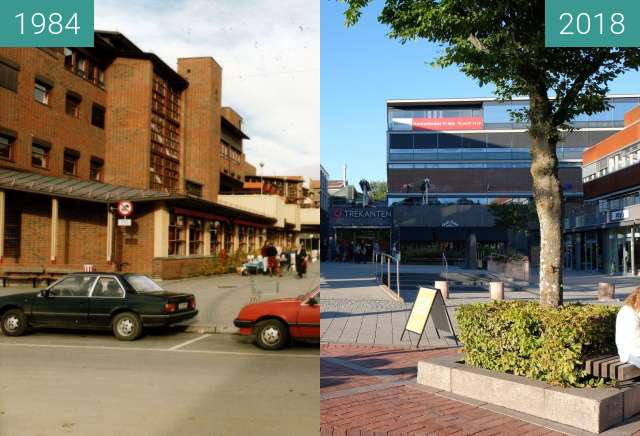
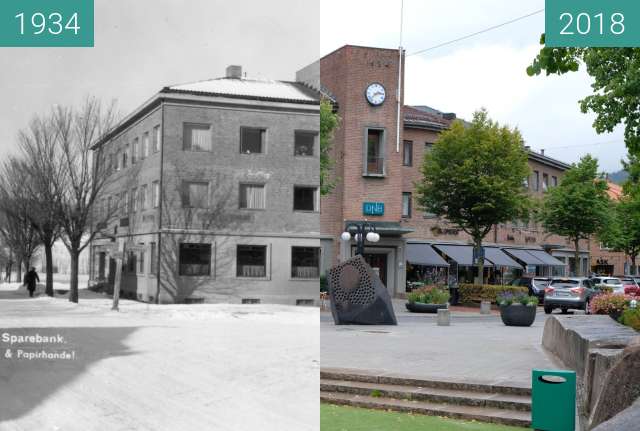
In 2005, the fjords of Nærøy and Geiranger were listed on UNESCO’s list of world-heritage sites as western Norwegian-fjord landscapes. The older picture shows an environment typical of the time before the first Great Change: many small buildings and an open landscape characterized by manual farming. Today the buildings show a surprising lack of change, while the surrounding landscape has become more wooded. This is due to both natural regrowth and the planting of spruce.
En 2005, les fjords de Nærøy et Geiranger ont été inscrits sur la liste des sites du patrimoine mondial de l'UNESCO en tant que paysages de fjord norvégien occidental. La photo la plus ancienne montre un environnement typique de l'époque avant le premier Grand Changement: de nombreux petits bâtiments et un paysage ouvert caractérisé par l'agriculture manuelle. Aujourd'hui, les bâtiments montrent une étonnante absence de changement, tandis que le paysage environnant est devenu plus boisé. Cela est dû à la fois à la repousse naturelle et à la plantation d'épinettes.